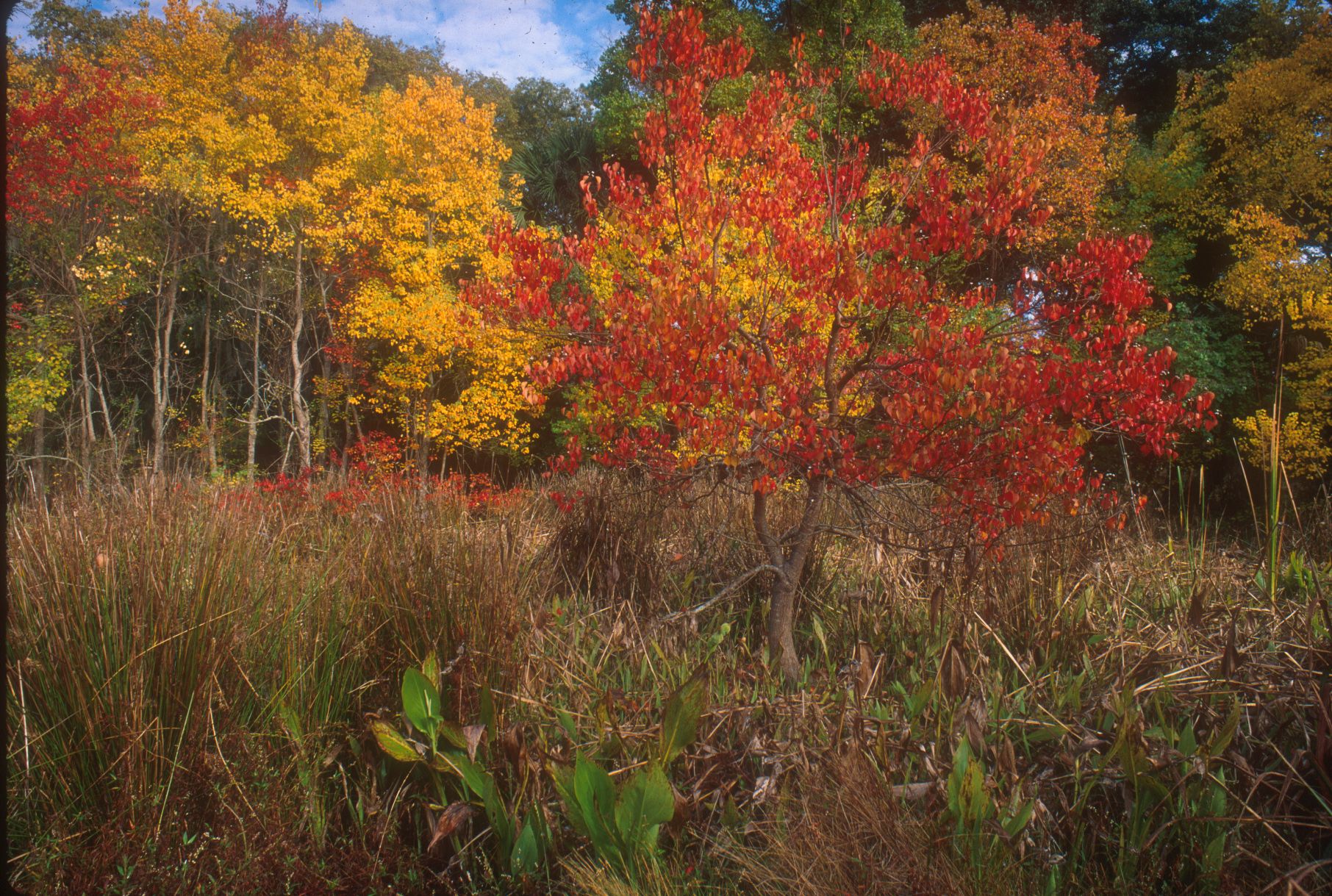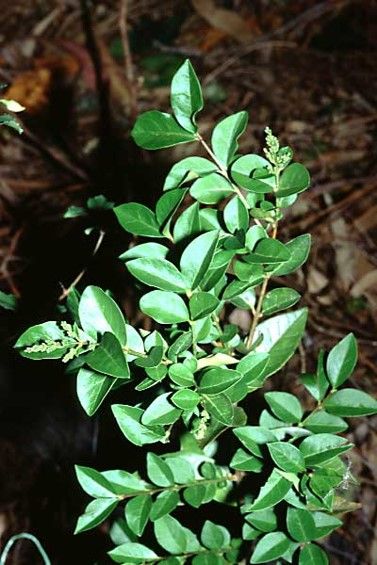Management Tools and Techniques
Herbicides are chemicals that control or kill undesirable plants. Herbicides are expensive, but they are cost effective when used properly. It is important to weigh the risks and benefits of utilizing herbicides and select the least-toxic option necessary for the problem being addressed and apply according to package directions.
When hardwood species in a pine forest, such as oaks and sweet gums, become established they often shade out native grasses. This loss of vegetation decreases the wildlife value of the habitat and reduces the ability of the forest to burn. Herbicide applied along with a prescribed burn can restore the habitat.
Following a timber harvest, the shrub layer can proliferate, often shading out native grasses and forbs. When this occurs, these areas are often sprayed with a selective herbicide that kills the shrubs but not the grasses. After one year’s application the shrub growth can be controlled in future years with a regular schedule of prescribed burns.
Herbicides are the only effective way to combat four kinds of non-native, invasive plants that are serious problems in native habitats:
1. Chinese tallow tree
2. Japanese climbing fern
3. Privet (two species)
4. Turf-forming grasses (primarily bahiagrass and bermudagrass).
Tallow trees and privet are dispersed by birds. Without the use of herbicides, a tallow tree that is cut down will sprout a group of trees. Japanese climbing fern invades through airborne spores. Turf grasses often originate from roadsides or pastures.
Herbicides are applied different ways. The most effective method for small plants is to spray the leaves in late summer when the plant is transporting sugars from the leaves back to the roots. The herbicide can be applied cost-effectively to an entire tract of forest by using a sprayer mounted on a tractor or ATV. On larger trees, a hatchet is used to hack into the bark and herbicide is sprayed into the cut.

Copyright © Spring Island Trust
40 Mobley Oaks Ln. · Okatie, SC 29909 · 843-987-7008
Site by Sans Sheriff Studio




